Fluid-Solid Interaction of Flexible Plate CFD Simulation- 2-way FSI – ANSYS Fluent Tutorial
Fluid-Solid Interaction of Flexible Plate CFD Simulation- 2-way FSI – ANSYS Fluent Tutorial
- Upon ordering this product, you will be provided with a geometry file, a mesh file, and an in-depth Training Video that offers a step-by-step training on the simulation process.
- For any more inquiries regarding the product, please do not hesitate to reach out to us at info@CFDLAND.com or through our online support assistant.
€130
Fluid-Solid Interaction (FSI) is a special type of simulation that shows how fluids and solid objects affect each other. When fluids flow around objects, they can make these objects bend or move, and then this movement changes how the fluid flows – creating a back-and-forth relationship that’s hard to predict. This is called 2-way FSI because information travels in both directions between the fluid and solid. Engineers use these simulations for many important things like designing airplane wings, heart valves, and bridges. In our tutorial, we focus on a submerged flexible plate that bends when fluid pushes against it, which is a classic FSI example often used to test and validate simulation methods. Using the powerful coupling between ANSYS Transient Structural and ANSYS Fluent, we can solve both parts of the problem together and see exactly how they interact over time. Also, this 2-way coupling is much more accurate than simpler 1-way FSI approaches because it captures the full physics of how structures deform under fluid forces and how these deformations then change the fluid flow pattern. Furthermore, many real-world problems require this level of detail to get results you can trust for engineering decisions. In this tutorial, we’ll explain the entire FSI simulation process step-by-step, from setting up the models to analyzing the results. As always we benefit from valuable reference papers:
- Reference [1]: Derakhshandeh, Javad Farrokhi. “Fluid structural interaction of a flexible plate submerged in the wake of a circular cylinder.” Ocean Engineering266 (2022): 112933.
- Reference [2]: Gallegos, R. K. B., and R. N. Sharma. “Dynamic behaviour of a flexible plate behind a circular cylinder: Numerical study on the effects of blockage and cylinder size.” Australasian Fluid Mechanics Conference. 2016.
Figure 1: schematic of submerged flexible plate fluid-solid interaction analysis
Simulation Process
For this FSI simulation, water channel. The plate is thin, fixed at the left, and free to move at the top – like a flag standing in water. First, we built the geometry in ANSYS Design Modeler with a rectangular fluid domain and a thin plate inside it. Next, we set up two separate simulations that will work together: a fluid model in ANSYS Fluent and a structural model in ANSYS Transient Structural. For the fluid part, we created a User-Defined Function (UDF) that creates a parabolic velocity profile at the inlet. This UDF makes the water move faster in the middle of the channel and slower near the walls, which is more realistic than uniform flow. Also, we used a fine mesh near the plate to capture the detailed fluid-structure interaction. The most important part is setting up the 2-way FSI coupling between the two software packages. This means Fluent calculates fluid forces on the plate, sends them to Transient Structural, which then calculates how much the plate bends. Then that new shape goes back to Fluent to update the fluid flow. This back-and-forth happens at each time step! Furthermore, we had to be careful with the time step size to make sure the simulation remains stable while capturing the fast changes in plate deformation and fluid flow patterns. Additionally, we monitor both the stress distribution in the plate and the vortex shedding patterns behind.
Post-processing
Looking at the displacement graph over time, we can see the fascinating dynamic response of our flexible plate during the 10-second simulation. The green line shows the highest displacement component, which starts with a large peak around 1 second (about 1.0e-4 meters) as the fluid initially pushes the plate. Then, something really interesting happens – the system finds a temporary equilibrium from about 2 to 6 seconds where the plate holds a fairly steady position. After 7 seconds, however, flow-induced vibrations begin to develop, with increasingly large oscillations that show vortex-induced flutter is starting to occur. This matches what real-world experiments show for similar structures!
Figure 2: submerged plate deformation and displacement over time – fluid-solid interaction analysis
The deformation contour plot reveals exactly how our plate bends under fluid forces. The maximum total deformation of 6.1996e-5 meters occurs in the middle-rear section of the plate (red area), not at the very tip as some might expect. This happens because of the complex interaction between the plate’s structural stiffness and the fluid pressure distribution. We can see the classic bending shape engineers call a “mode shape” forming along the plate. Furthermore, the velocity streamline plot shows how our fluid flow pattern develops around the structure. The highest velocities (orange-red regions) appear at the sides of the circular base as fluid squeezes past it, reaching about 2 m/s. Behind the plate, we see slower blue regions forming recirculation zones where the flow reverses direction. These wake structures are responsible for the oscillatory forces that cause the plate to vibrate over time. Moreover, we can observe how the deformed shape of the plate alters the downstream flow compared to what we’d see with a rigid body, demonstrating why 2-way FSI coupling is essential for accurate predictions of this type of problem.
Figure 3: Wake structures forming behind the plate – FSI 2 way modeling
We pride ourselves on presenting unique products at CFDLAND. We stand out for our scientific rigor and validity. Our products are not based on guesswork or theoretical assumptions like many others. Instead, most of our products are validated using experimental or numerical data from valued scientific journals. Even if direct validation isn’t possible, we build our models and assumptions on the latest research, typically using reference articles to approximate reality.
Yes, we’ll be here . If you have trouble loading files, having technical problems, or have any questions about how to use our products, our technical support team is here to help.
You can load geometry and mesh files, as well as case and data files, using any version of ANSYS Fluent.
€210 Original price was: €210.€190Current price is: €190.

€210 Original price was: €210.€155Current price is: €155.

€210 Original price was: €210.€145Current price is: €145.

€260 Original price was: €260.€135Current price is: €135.

€205 Original price was: €205.€165Current price is: €165.


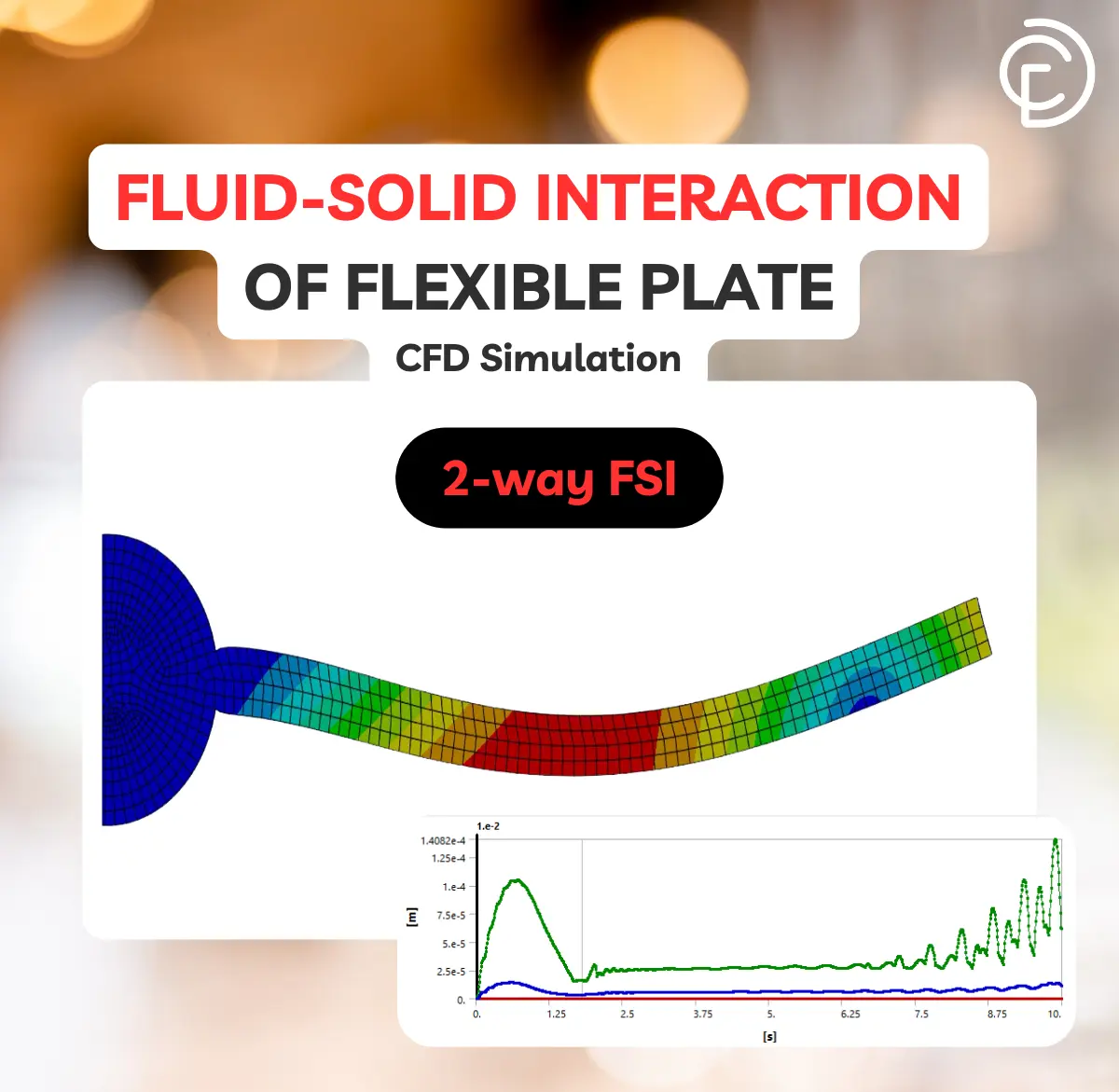
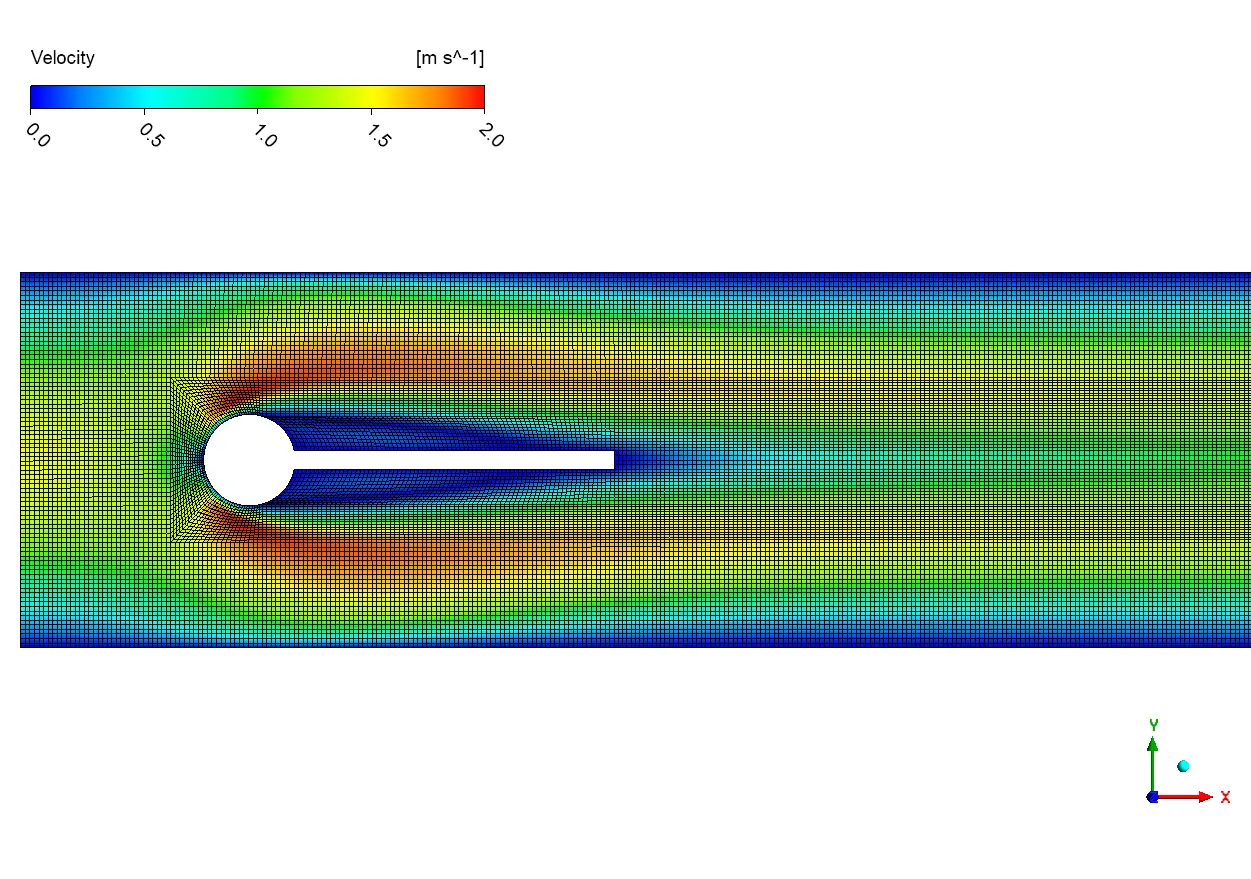
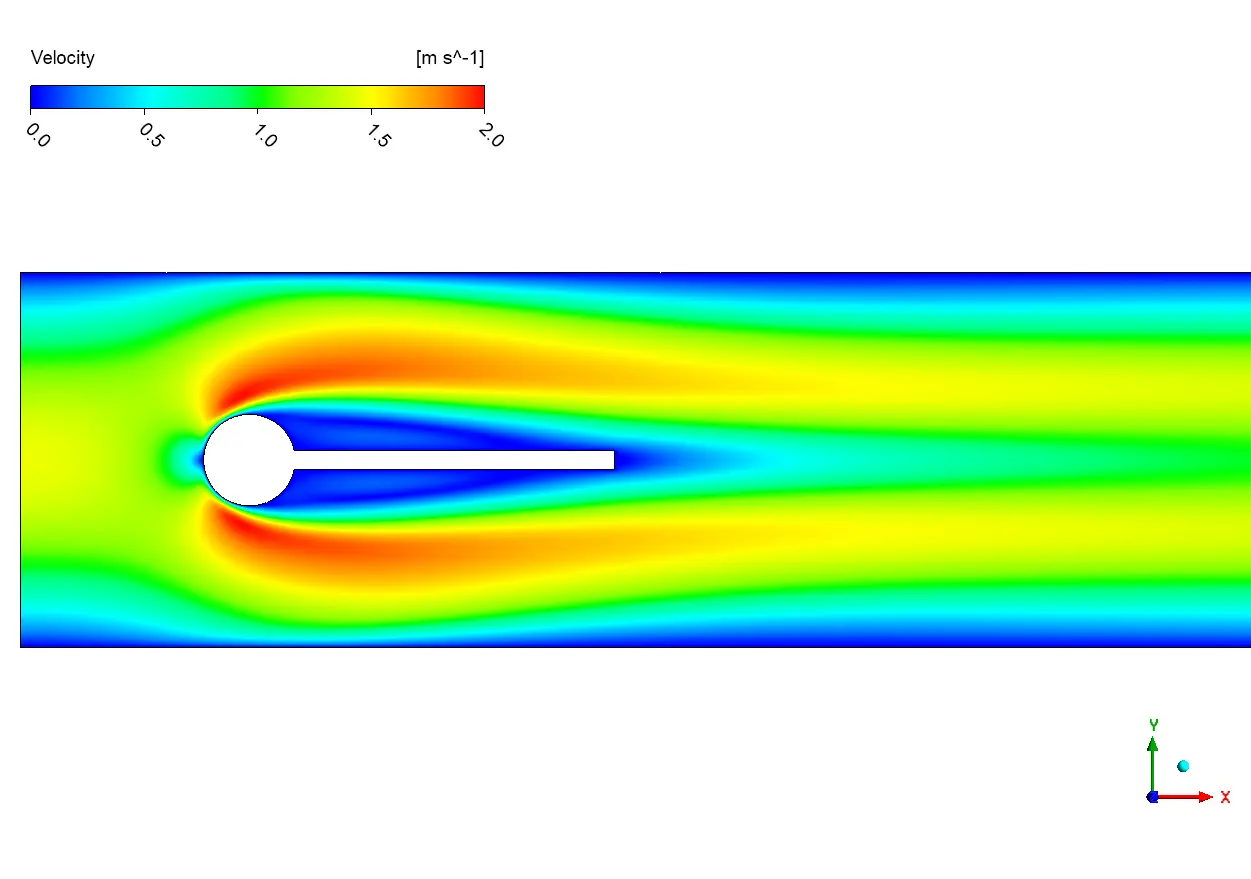
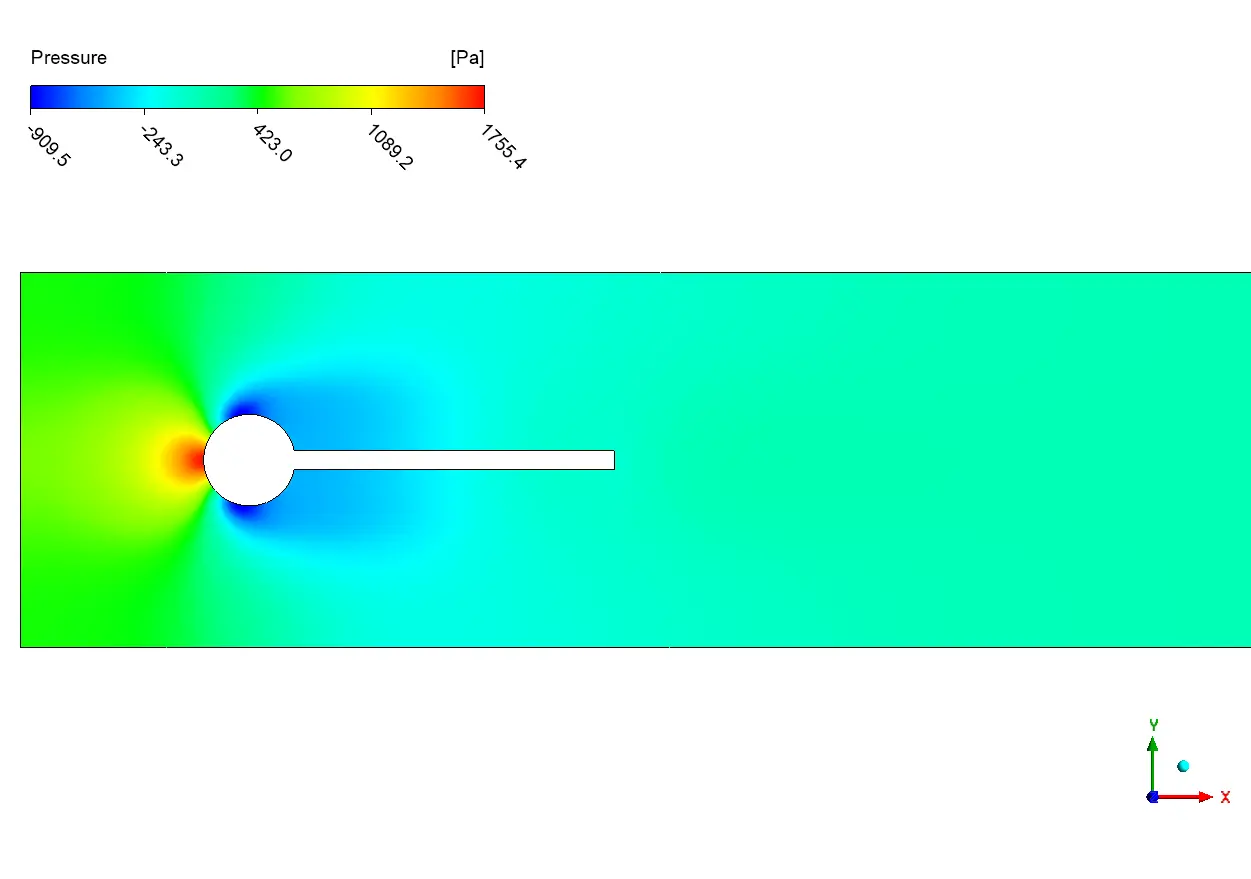


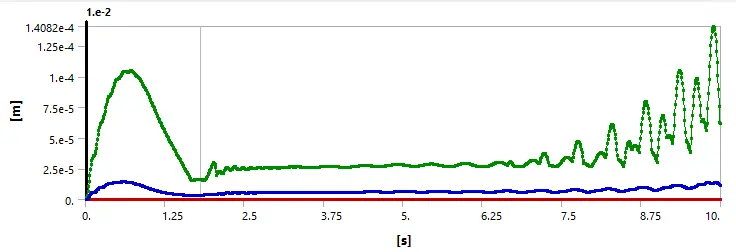
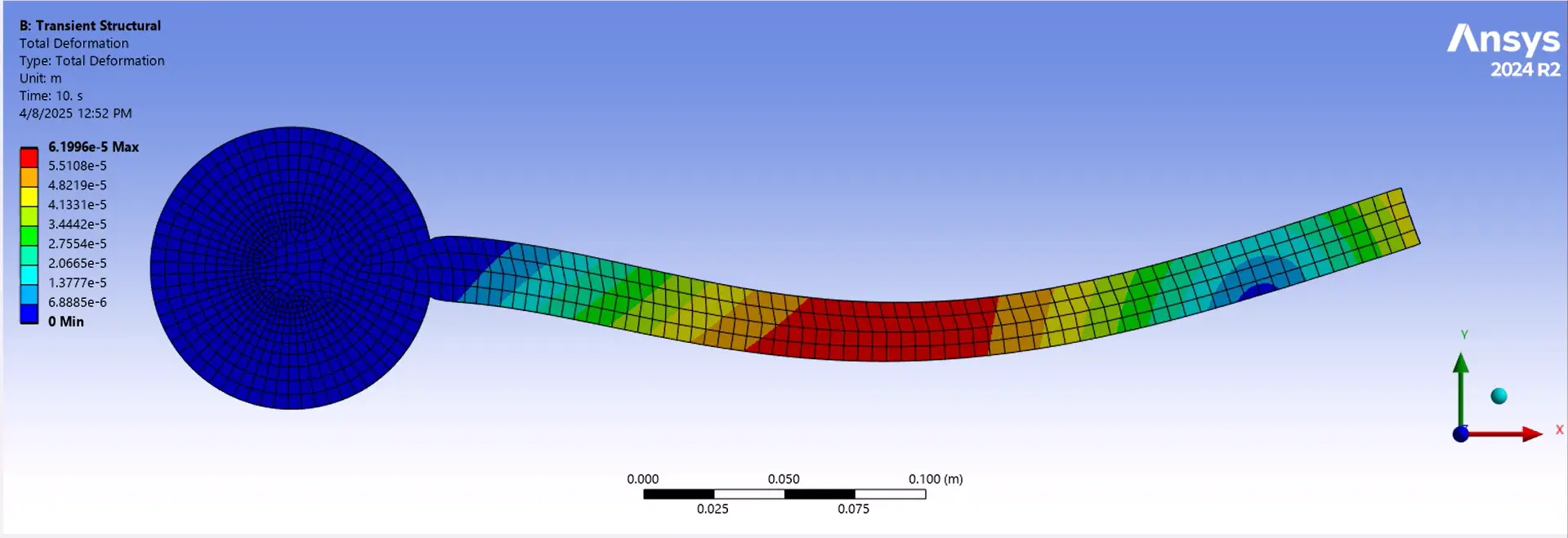
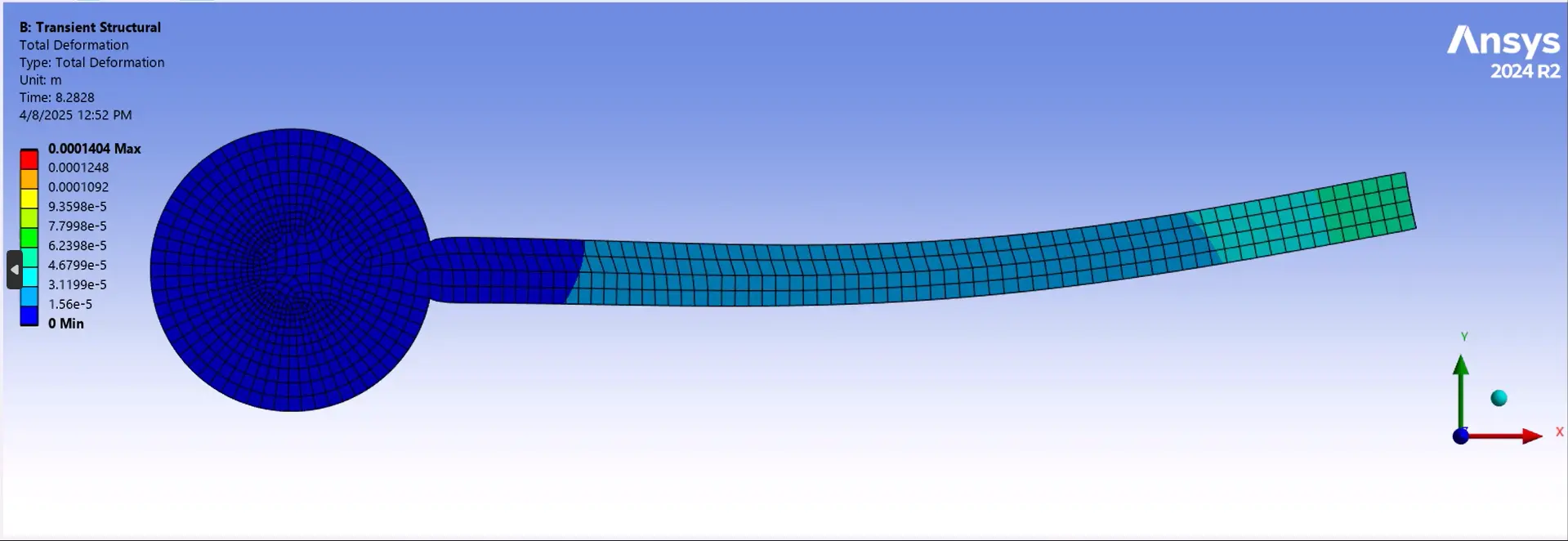
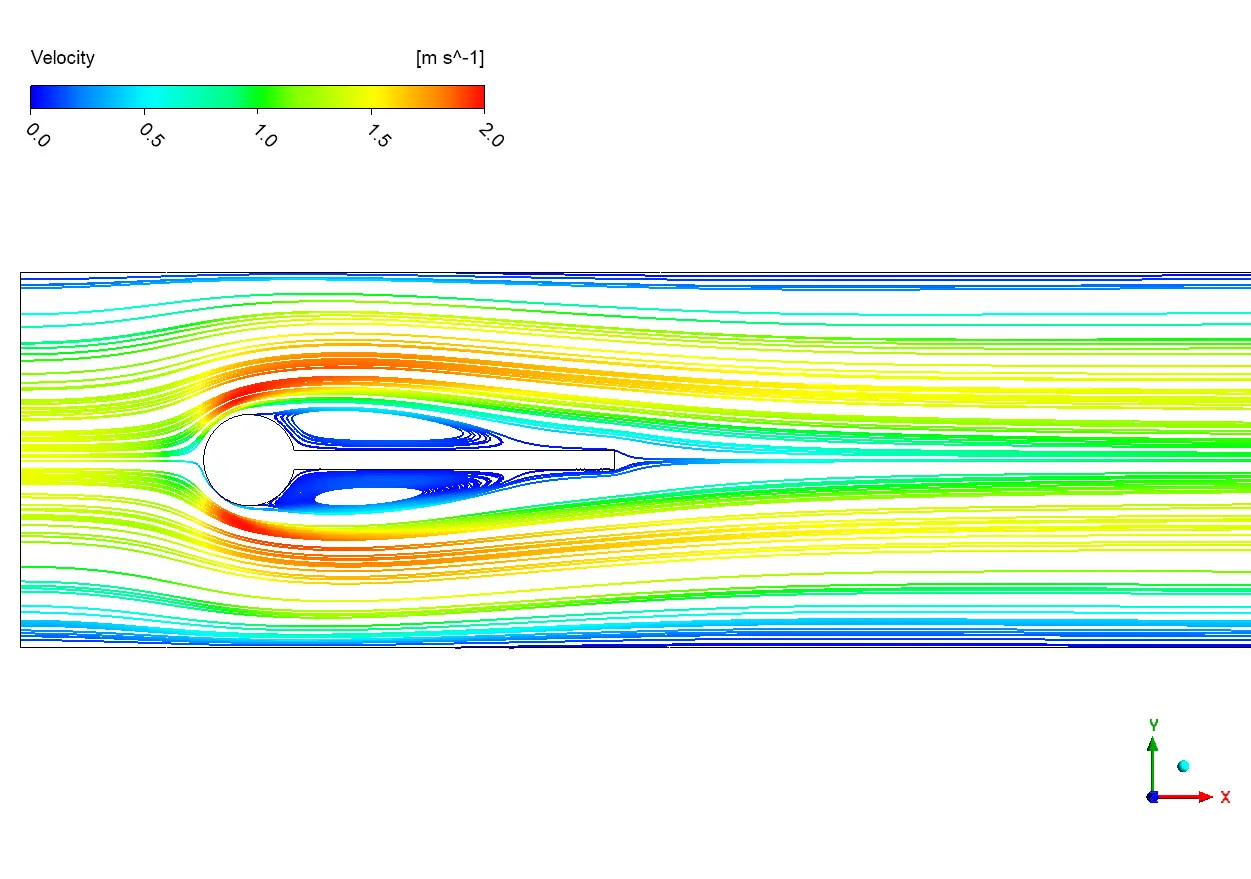
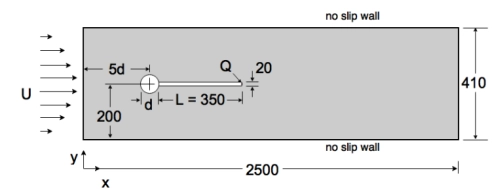
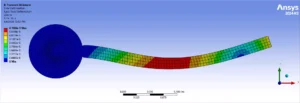






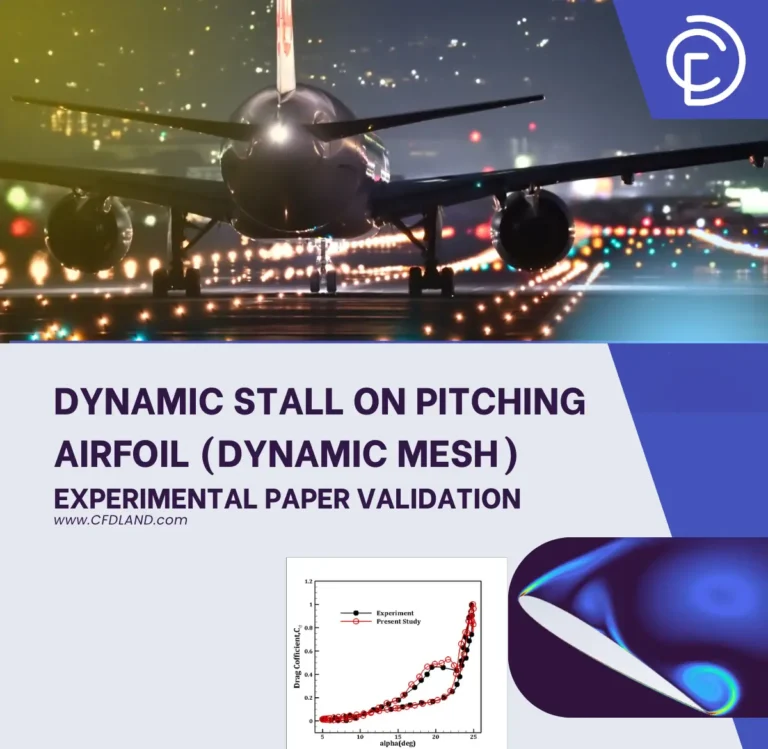
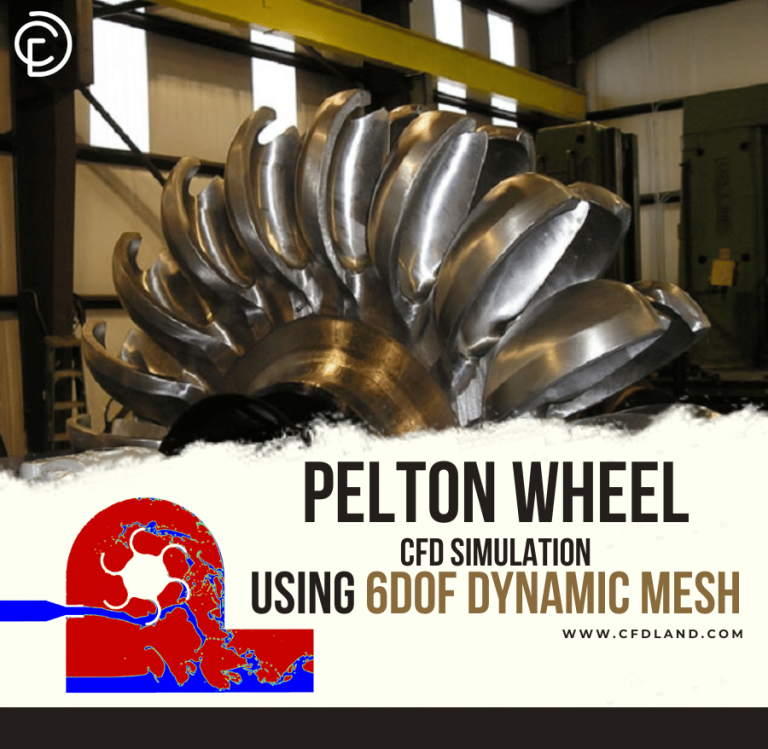
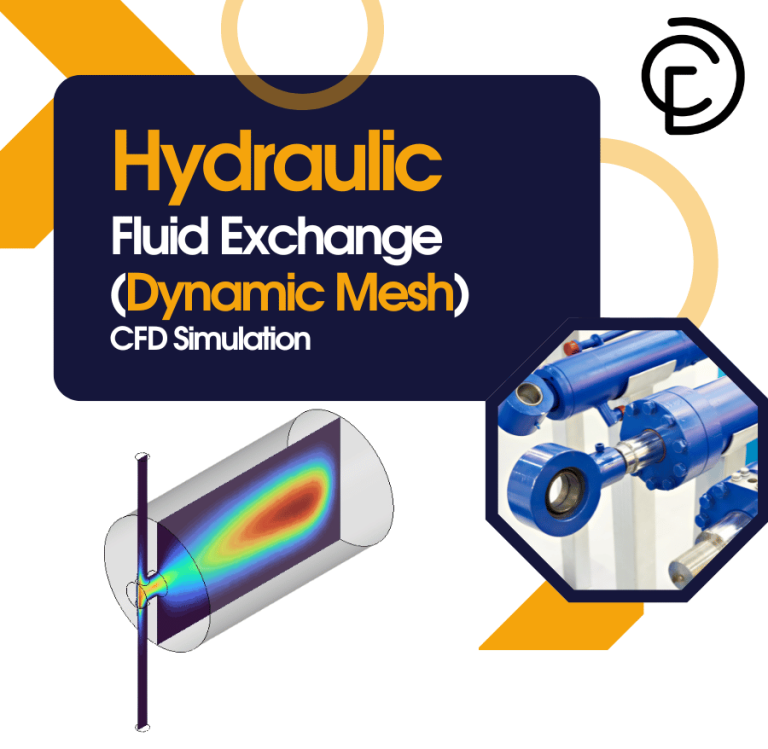
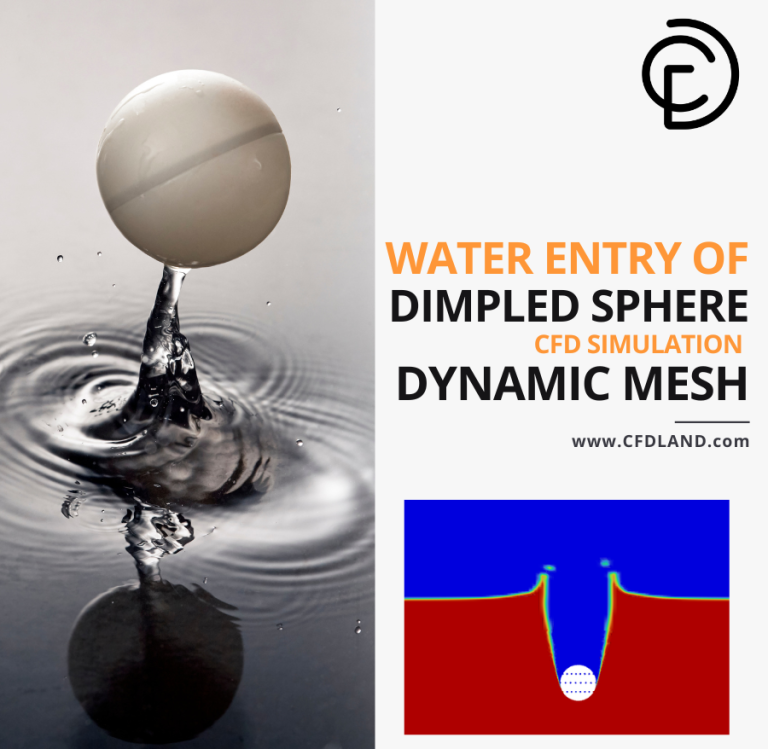
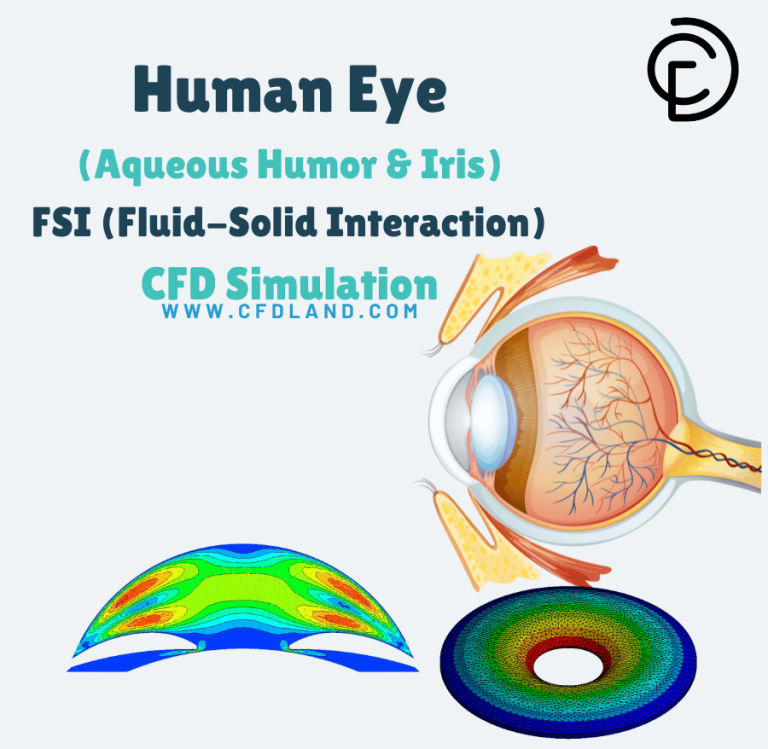
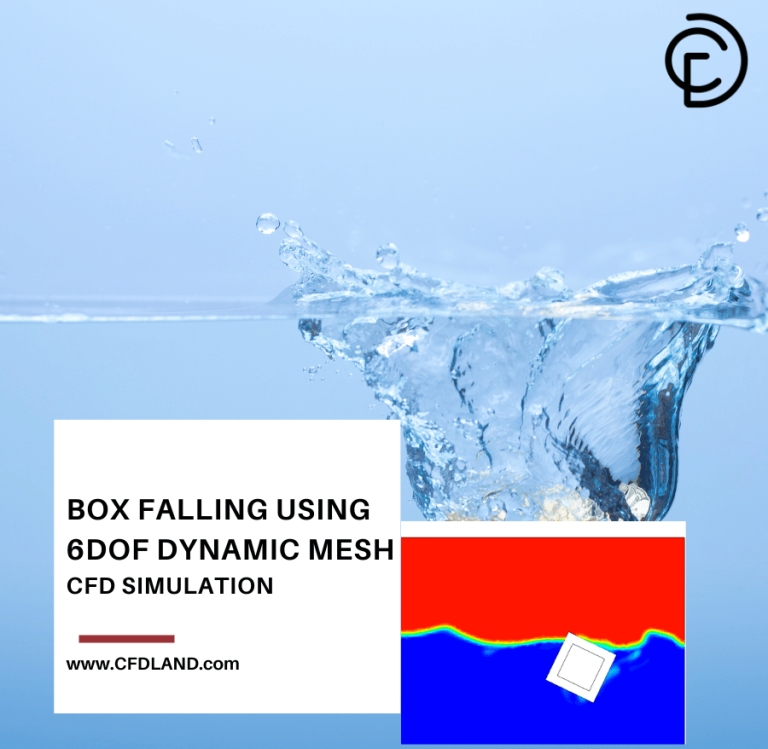
Reviews
There are no reviews yet.